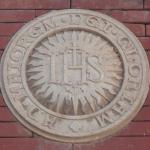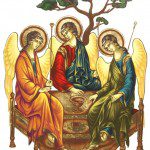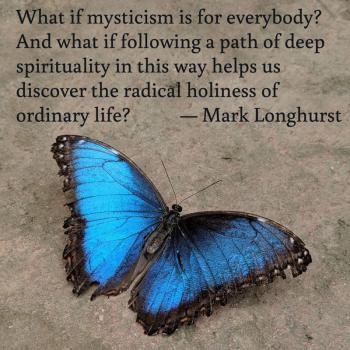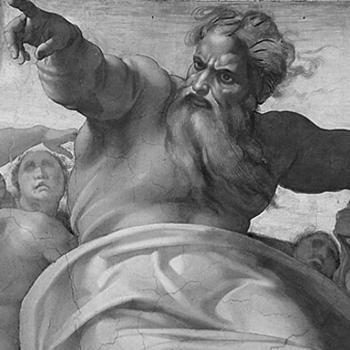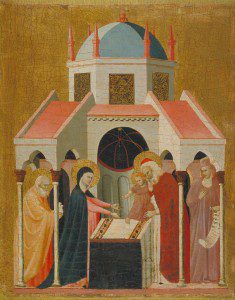
Today is the feast of the Presentation, traditionally known as Candlemas. It’s a time when churches would hold lovely candlelight processions (they still do that at the Trappist monastery here in Georgia) and candles would be blessed on this day.
It’s a feast day to commemorate the day when Mary and Joseph presented Jesus in the temple at Jerusalem. The old prophets Anna and Simeon encountered the baby, and Simeon, who had been promised that he would live to see the Messiah, said these lovely words:
“Now, Master, you may let your servant go
in peace, according to your word,
for my eyes have seen your salvation,
which you prepared in sight of all the peoples,
a light for revelation to the Gentiles,
and glory for your people Israel.”
Now known as the Canticle of Simeon (or by its Latin name, the Nunc Dimittis) this canticle is still recited as part of Compline: the prayer for the close of day, which beautifully integrates thanksgiving for the day just finished, trust as we prepare for sleep in the night to come, and even more existential in the God to whom we will commit ourselves one day, when we take the final “sleep” of death.
As I prayed morning prayer today, I reflected on how we celebrate the Presentation every year on February 2. And then I thought about the entire Church Year: Christmas, Epiphany, Christ’s Baptism, Palm Sunday, Christ’s Passion, Death, Resurrection, and Ascension… other feast days that commemorate significant events like the Annunciation to Mary or the Transfiguration.
This reminds me that the Christian life, as embedded in the liturgy, is all about participating in the life of Christ. We don’t just “remember” the key events of his birth, life, death, resurrection… this is far more than just a head-trip. By entering into the story of Jesus through the liturgy of the Church, we mystically unite with that story and make it our own story. Not that you and I and other mere mortals are doing the work of Christ, the work of healing and salvation… no, it’s still Christ who acts, but he embraces us and we become, in the words of St. Peter, “partakers of the Divine Nature.”
If you’re a Narnia fan, you may remember how in The Lion, the Witch and the Wardrobe, the good lion Aslan, after his resurrection, invites Susan and Lucy to ride on his back as he joyfully and powerfully races to the witch’s castle to set free all to good creatures of Narnia that had been turned to stone by the witch. Susan and Lucy do not actually set the prisoners free, but they are intimately part of the action. That’s what we as Christians are invited to do, through the stories of Christ’s saving actions, that are remembered every year throughout the liturgy of the Church.
I know it’s difficult for people to attend daily Mass (I certainly don’t get to Mass every day, and as a Lay Cistercian I ought to). But if you can do it, perhaps because you’re retired or your privileged enough to work at a job that lets you set your own hours, I would encourage you to do so. As we live, day by day, into the Gospel readings that are chosen to commemorate again and again the key events in the life of Christ and his saving work, we get to “ride along,” like Susan and Lucy on Aslan, and be part of the greatest story ever told: a story of healing and wisdom, of justice and new life, of mercy and the forgiveness of sins.
What an adventure!
Enjoy reading this blog?
Click here to become a patron.



